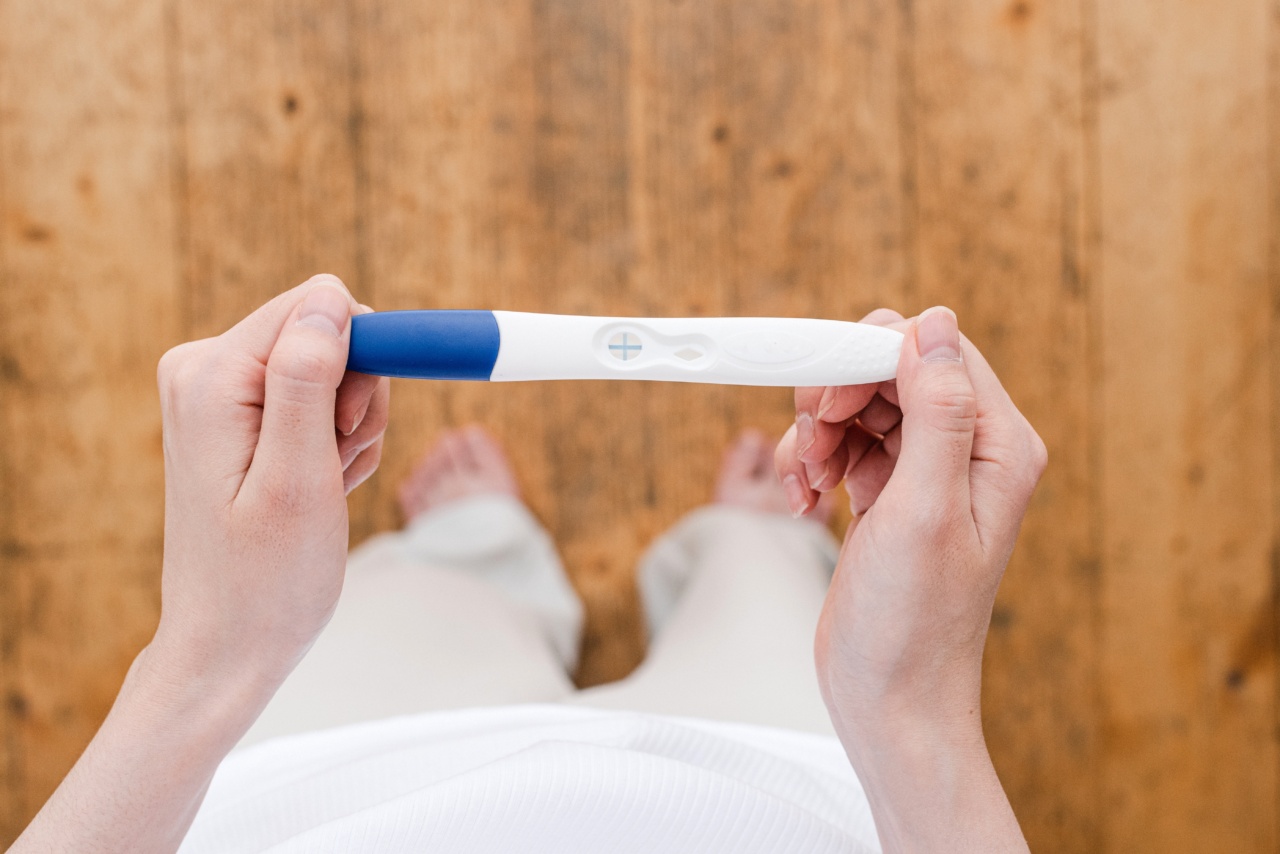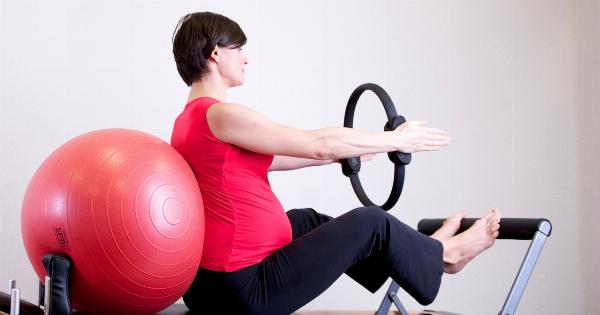Pregnancy is an exciting time in a woman’s life, but it can also be physically demanding and uncomfortable. One of the most common complaints that pregnant women have is pelvic pain and discomfort.
However, there are exercises that can help alleviate these symptoms and improve overall health during pregnancy. Pelvic floor exercises are particularly helpful during this time.
What are Pelvic Floor Exercises?
Pelvic floor exercises, also known as Kegel exercises, are designed to strengthen the muscles that support the pelvic organs.
These muscles are responsible for controlling bladder and bowel movements, as well as supporting the uterus during pregnancy and the pelvic organs during childbirth.
How to do Pelvic Floor Exercises
To do pelvic floor exercises, you need to first locate the muscles that you will be targeting.
You can do this by stopping your urine flow midstream – the muscles that you use to do this are the same ones that you’ll be working during pelvic floor exercises.
Once you’ve located the muscles, you should perform the following steps:.
- Sit or lie down comfortably.
- Squeeze the muscles that you identified earlier.
- Hold the contraction for 5 seconds, then release.
- Rest for 5 seconds, then repeat the exercise.
- Do 10-20 repetitions, 3-4 times per day.
The Benefits of Pelvic Floor Exercises during Pregnancy
There are several benefits of performing pelvic floor exercises during pregnancy, including:.
1. Reduced Risk of Incontinence
Pelvic floor exercises can help prevent urinary incontinence during and after pregnancy, as they strengthen the muscles that control bladder function.
Studies have found that women who perform pelvic floor exercises during pregnancy are less likely to experience incontinence after giving birth.
2. Easier Delivery
Strong pelvic floor muscles can make delivery easier, as they provide greater support for the uterus and can help shorten the pushing stage of labor.
In addition, research has shown that women who perform pelvic floor exercises during pregnancy are less likely to need an episiotomy during delivery.
3. Better Postpartum Recovery
Performing pelvic floor exercises can help speed up postpartum recovery, as the muscles that have been strengthened during pregnancy can recover more quickly after childbirth.
This can also help prevent long-term complications such as pelvic floor dysfunction.
4. Enhanced Sexual Function
Pelvic floor exercises can also enhance sexual function by increasing blood flow to the pelvic area and improving muscle tone. This can lead to increased sensitivity and more intense orgasms.
5. Reduced Back Pain
Pregnancy can cause back pain and discomfort due to changes in your body’s center of gravity. Strengthening your pelvic muscles can help support your lower back and reduce pain and discomfort.
When to Start Pelvic Floor Exercises
You can start doing pelvic floor exercises at any time during pregnancy, although it’s recommended that you begin them as early as possible to maximize their benefits.
If you’re not sure whether you’re doing the exercises correctly, ask your healthcare provider for guidance.
Conclusion
Pelvic floor exercises are an effective way to improve overall health during pregnancy. They offer many benefits, including reduced risk of incontinence, easier delivery, better postpartum recovery, enhanced sexual function, and reduced back pain.
If you’re pregnant, consider incorporating pelvic floor exercises into your daily routine to help support your body during this exciting time.






























